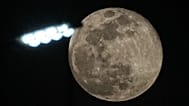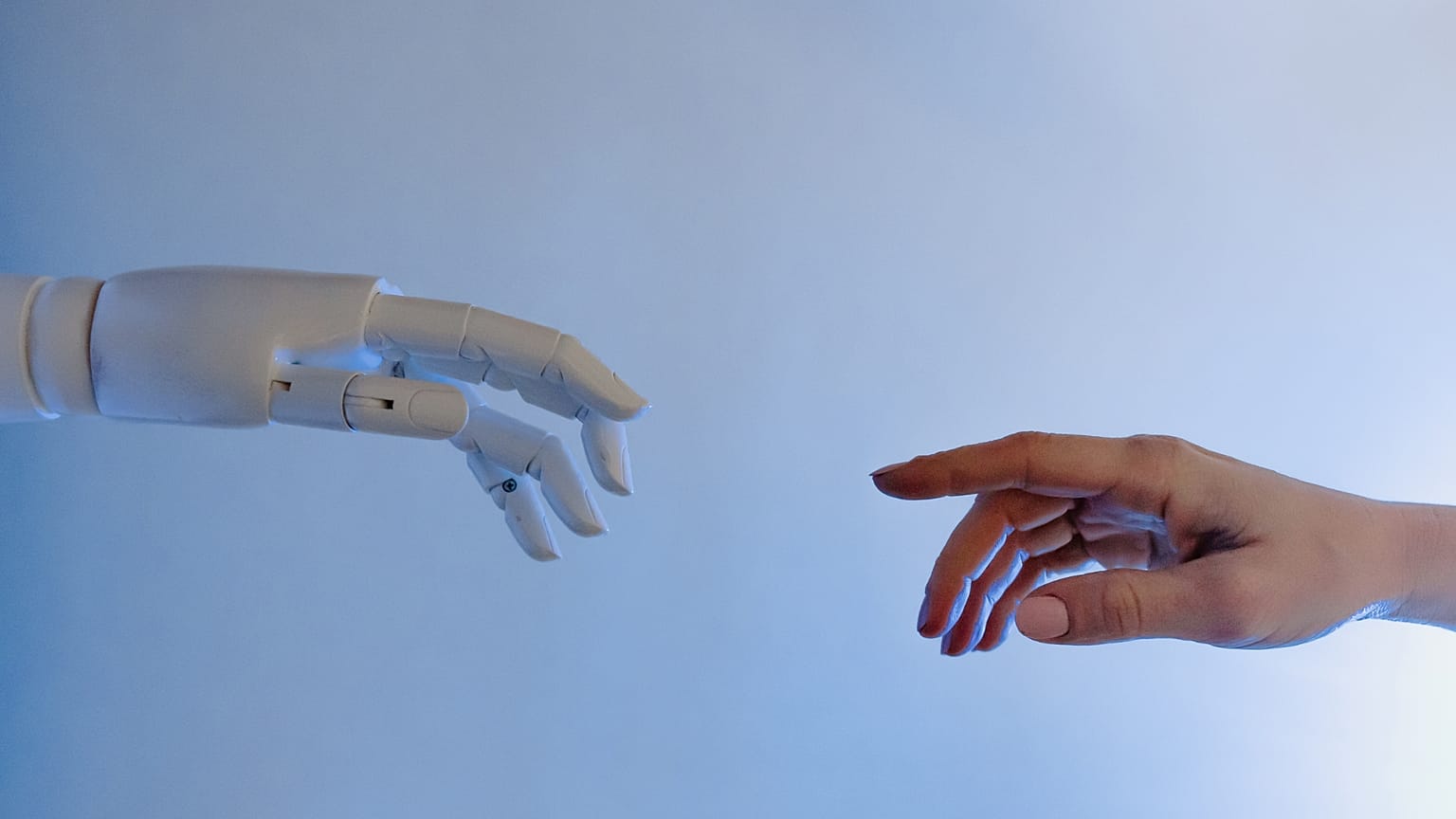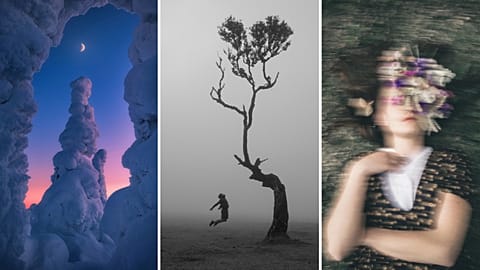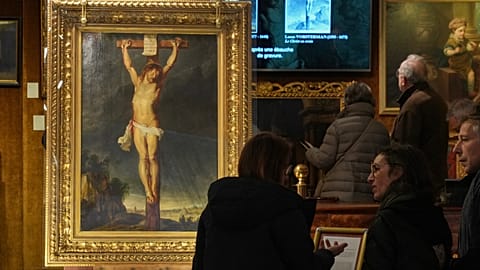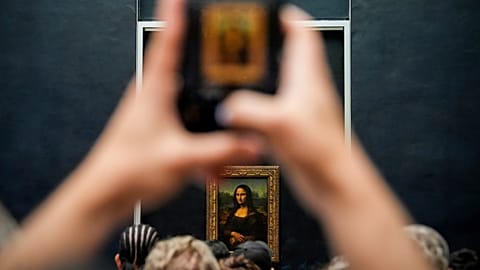Fake photography or real art? Instagram star Jos Avery has admitted his popular portraits weren’t shot on a camera, but actually AI-generated instead.
American artist Jos Avery has had a rapid uptake in followers on his Instagram photography account, but all is not as it seems.
His account @averyseasonart boasts more than 32,000 fans and the striking, mostly black and white portraits have garnered huge amounts of praise in their individual comment sections. The only problem, though, is that none of the people depicted in the images are actually real.
Avery has so far posted 179 pieces alongside the name of the subject and an anecdote about their lives - but it turns out it’s all down to artificial intelligence (AI) rather than skilled photography. He’s admitted he’s been using Midjourney, an AI image generator, entering a text prompt into the program and then fine-tuning the images using Photoshop.
The artist describes his work as ‘AI-generated, human-finished portraits’ but none of the images were acknowledged as such on Avery’s Instagram page. Previously, he even said the portraits were actually taken on a Nikon D810 camera.
Despite this, he’s finally come clean, telling technology publication Ars Technica, “Probably 95 percent-plus of the followers don’t realise [the images are AI-generated]”. He admitted the popularity of the images, which he began posting on Instagram in October 2022, had wildly exceeded his expectations and caused him to feel uneasy about the truth behind them.
His Instagram account has drawn some praise but also numerous criticisms from commenters, with one reading "fictional story, fictional photo" and another saying "skimming through your posts though you do seem to be disingenuously misleading people from the start… This seems very intentionally misleading."
It’s unclear what the future holds for Avery’s AI art but the technology’s impact across art as a whole is unlikely to slow down.
Avery says his original aim was to fool people by showing how impressive AI could be, then write an article revealing the truth. However, he decided to come clean instead, while claiming the portraits took a lot of effort to create. However, AI certainly does take some of the hard work out of art creation.
2022 saw a speedy pick up in the use of generators like Avery’s preferred Midjourney, DALL-E and other artificial neural networks, which simulate the way the human brain works in order to learn and create. They’re fed millions of images to learn how different objects are supposed to look and can eventually be trained to recognise patterns in information, text data and visual images.
Once given a prompt to generate an image from, they will use an advanced algorithm to visualise their interpretation.
While AI’s involvement raises questions over the future of art and design, it’s unlikely to fall out of favour any time soon. The technology has won a legion of fans who enjoy the ease and affordability of the high quality images these programmes are able to create.
Many established artists can’t wait to see the end of them, though. That’s mostly because the images supplied to the AI programs for the learning process are taken from them without consent or compensation.



